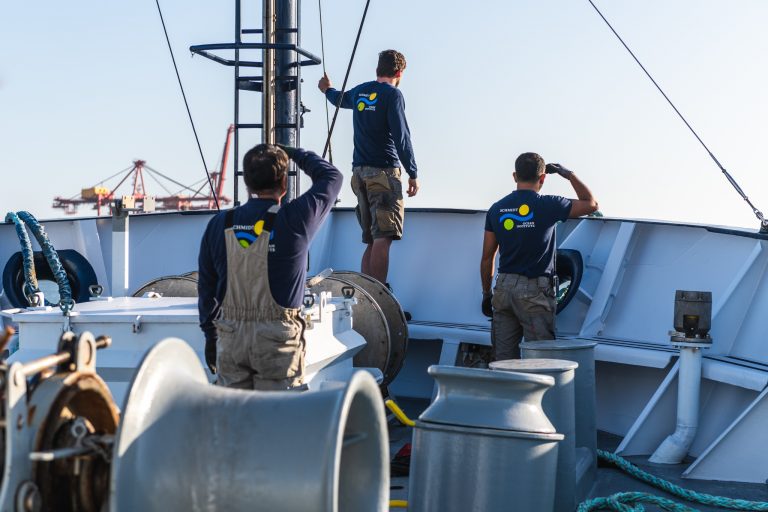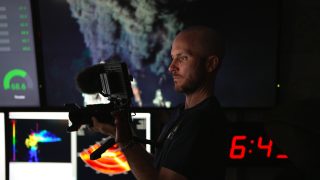Off the coast of Western Australia, deep in the biologically unexplored submarine canyons adjacent to the Ningaloo Reef (a world heritage site), valuable new information and exciting discoveries await the team on board R/V Falkor. Using ROV SuBastian, eDNA (environmental DNA) analysis, and numerous other surveying and sampling techniques, this expedition has the potential to reveal undocumented biodiversity, and unknown species within Cape Range Canyon and Cloates Canyon.
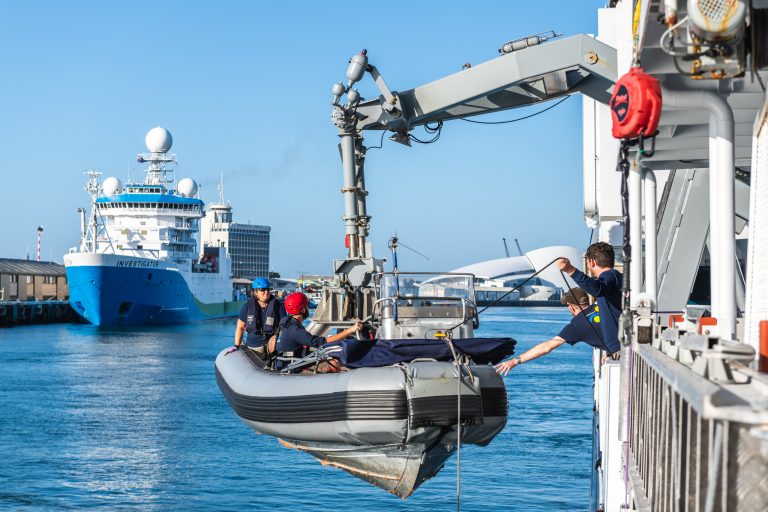
Exploring New Territory
The remote Western Australian coast is famed for its biological diversity, its 260 kilometre long reef (Australia’s largest fringing coral reef) and its distinctive geology. Surprisingly, however, the deep-sea environment adjacent to this world-famous area remains almost unexplored; a gap in our knowledge which Dr Nerida Wilson and her team are keen to fill.
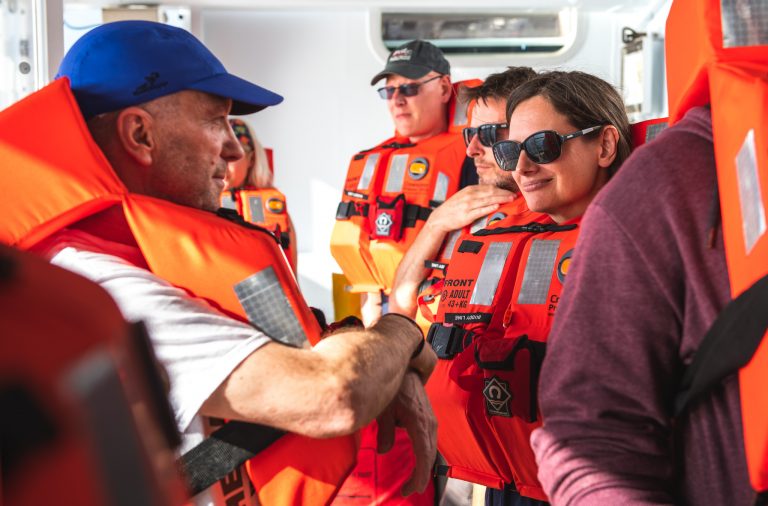
A diverse group has come together with the aim of identifying and characterizing the benthic biodiversity in Cape Range and Cloates Canyons while complementing Remotely Operated Vehicle (ROV) surveys with environmental genetics (eDNA). Spanning multiple institutions (Western Australian Museum, Perth; Curtin University, Perth; Geoscience Australia; Scripps Institution of Oceanography, USA; Macquarie University and the Australian Museum), Dr. Nerida Wilson and her team will be adopting a groundbreaking comparative approach for deep-sea survey techniques in Australia that have the potential to yield a much greater understanding of the biodiversity present in these areas, reveal new species descriptions, and create higher resolution mapping of the canyons.
Beyond The Lens
In addition to documenting and collecting animals with ROV SuBastian, researchers will be using eDNA to assess the effectiveness of ROV methodology by extracting DNA from water samples. This amazing technique allows researchers to gather information on marine life through tiny traces of DNA in the ocean, which can reveal animal life that may not be encountered during the ROV surveys. In other words, what is not discovered through the lenses of ROV SuBastian will be revealed through trace eDNA analysis; providing scientists with invaluable complementary datasets for comparison.
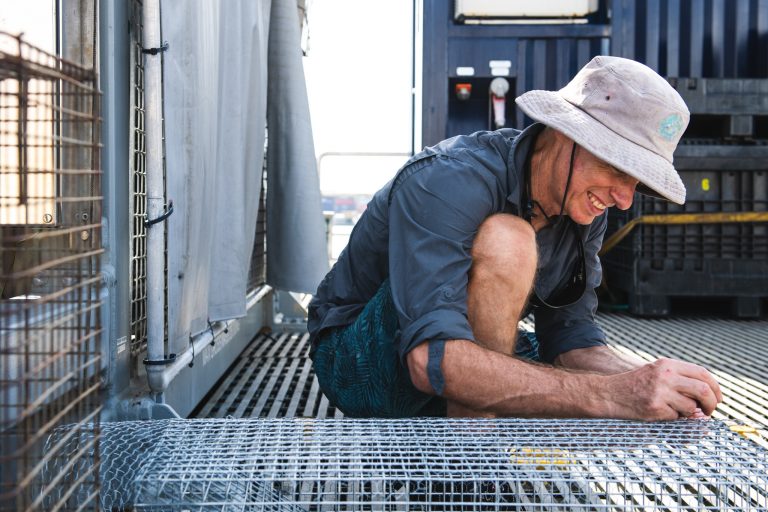
Discovering, Mapping, and Protecting
The results from this cutting-edge research will lead to a greater understanding of survey efficiency, and will provide a unique insight into the biodiversity of the Gascoyne Marine Park’s deep water habitats – an area of which only 44% is currently mapped. Also helping to fill some of these gaps will be R/V Falkor’s EM302 deep water multibeam system, which will be re-mapping the seafloor during the night hours. Through this work, the goal is to improve our understanding of Ningaloo Canyons’ habitats, an essential task in order to manage and protect such areas for generations to come.
